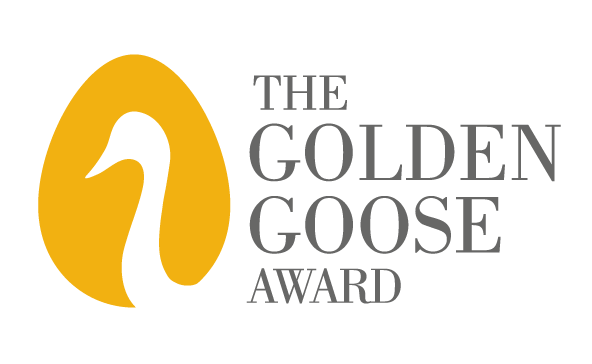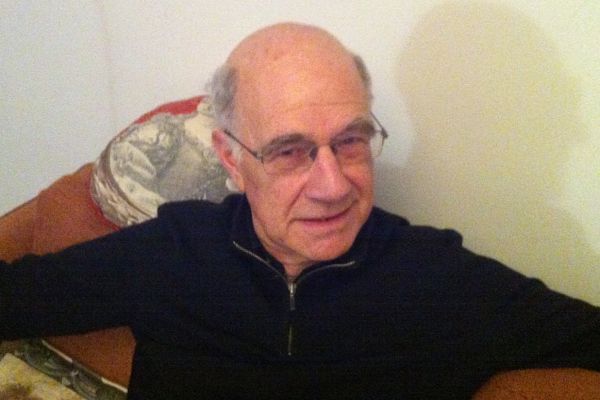Can’t Keep a Good Survey Down: Add Health

From top left, clockwise: Kathleen Mullan Harris, Richard Udry, Barbara Entwisle, Ronald R. Rindfuss, and Peter Bearman
Consider the Venn diagram for ‘teens,’ ‘sex’ and ‘government.’ The nexus of the three will inevitable include a fourth term: ‘controversy.’ Think about health education in schools, introduction of the HPV vaccine, or the availability of contraception, and most people’s first memories wouldn’t be about the underlying issue, but about the debate.
And so it was in the late 1980s, when researchers realized that a number of increasingly urgent public health concerns – such as AIDS, other sexually transmitted diseases, and teen pregnancy — could only be addressed by having solid and up-to-date information about adolescent behavior. But it was a long, strange trip that eventually resulted in the incredibly valuable National Longitudinal Study of Adolescent to Adult Health, or Add Health. Five key participants in that journey today received the first 2016 Golden Goose Award, which honors scientists whose federally funded work may have seemed odd or obscure when it was first conducted but has resulted in significant benefits to society.
As the organization that hands out the Goose explains, Add Health has been enormously beneficial:
The Add Health study has been to social sciences what a major telescope facility would be to the astronomical sciences. But unlike a typical telescope, which can observe in only one narrow wavelength range at a time, Add Health has the ability to observe many, many wavelengths of human health and behavior at once. The nationally representative sample and longitudinal social, behavioral, environmental, biological, and genetic data, spanning over 20 years, has enabled over 10,000 individual researchers to investigate myriad unanswered questions and publish almost 3,000 research articles on human health.
Equally groundbreaking was Add Health’s open-access model, in which nearly all of the survey data is publicly available as soon as it has been collected and processed.
*
The National Institutes of Health had put out a call for ideas on how to design a comprehensive study of adolescent sexual behavior, and University of North Carolina at Chapel Hill researchers Ronald Rindfuss, Richard Udry, Barbara Entwisle, and Peter Bearman responded with a proposal that the NIH then adopted.
Even before their American Teenage Study hit the ground, members of Congress and strident lobbying forces cried foul. “We know many of our kids are having sex too early, too often and with too many people,” said Gary Bauer, president of the Family Research Council, in 1991. “We ought to be spending $18 million to figure out how to divert them from that conduct instead.” That kind of circular argument, along with claims that the survey promoted a “homosexual agenda,” arose in the two years the study authors designed their project and then had it peer reviewed. But the uproar was sufficient that something unprecedented happened – the secretary of the U.S. Department of Health and Human Services pulled funding just as the first wave of research interviews were slated to begin.
Two years later, in 1993, Congress explicitly forbade NIH from funding the American Teenage Study. But at the same time it mandated that the agency create a longitudinal study on adolescent health that would consider all behaviors related to their health, which naturally would include sex. And so in a team led by Udry and Bearman, and joined by Kathleen Mullan Harris, built on the hard work behind the American Teenage Study to craft what would become Add Health.
A key aspect of the Add Health was its focus on the social context of decisions that affected health — what factors are important to adolescent health and health behaviors? — and not just on health itself. Actually, the first wave of Add Health did include biological testing, but problems in the second wave scuttled that effort, which has been a blessing in disguise since it allows the survey to be genuinely longitudinal. The survey’s longevity has enabled researchers to track not just social influences on health but also the impact of adolescence on future phases of life, and has had important ramifications in understanding growing health menaces like obesity.
The study has followed its original cohort for over 20 years, and is now providing valuable information about the unanticipated impacts of adolescent health on overall wellbeing in adulthood. For this reason, the researchers recently changed the study’s name to the National Longitudinal Study of Adolescent to Adult Health.

Golden Goose awards
“I congratulate Dr. Rindfuss and his colleagues on this award, which underscores the vital importance of federal funding for research,” said Golden Goose supporter Rep. David Price, a Democrat from North Carolina who was a key advocate in the House of Representatives in the 1990s for continuing to pursue this research. “Federally supported research projects not only produce new life-saving treatments and expand our understanding of the world around us, they also spur economic growth and innovation in ways we cannot always anticipate.”
Today, some of the very organizations that opposed the original survey on which Add Health was based recognize the value of the resulting research and frequently cite its data. Thanks to the persistence of the researchers, their innovative integrated social and biological study design, a series of serendipitous events, and the persistent support of the National Institutes of Health and several champions in Congress such as Colorado’s Patricia Schroeder, Add Health is the largest and most comprehensive study ever of adolescent health and its implications for adult well-being, and it continues to profoundly impact the ways we understand and act to improve human health.
*
The five researchers – Bearman, Entwisle, Harris, Rindfuss and Udry — will be honored with two other teams of researchers yet to be named at the fifth annual Golden Goose Award Ceremony at the Library of Congress on September 22. Descriptions of the past winners can be found at the Golden Goose Award website.



























































































